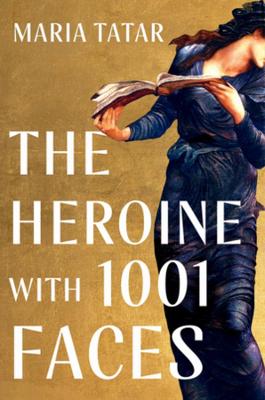Reviewed by annieb123 on
The Heroine with 1001 Faces is an immersive folklore based examination of the heroine archetype in the collective cultural consciousness written and presented by Dr. Maria Tatar. Released 14th Sept 2021 by W.W. Norton on their Liveright imprint, it's 368 pages and is available in hardcover, audio, and ebook formats.
This is an erudite, very well written, layperson accessible look at the archetypes and portrayals of women in cultural narrative from the ancient world to the 21st century. It's a meticulously researched and annotated survey course and also, in a way, a companion volume (rebuttal?) to Campbell's Hero With A Thousand Faces. I loved poring over the illustrations as well as the exhaustive bibliography and full chapter notes and annotations. The chapter notes are likely worth the price of admission for anyone interested in the subject and there's obviously been a swoonworthy amount of time spent on research and resource gathering on the part of the author. I took notes during the read and harvested an impressive number of items which warranted further examination later.
I found the entire book quite interesting and fascinating. It is, admittedly, a niche book but will definitely appeal to readers interested in cultural anthropology. It's not a very easy read. The language is rigorous and formal. I definitely don't think it's inaccessible for the average reader, but it will take some effort (and I think that's a good thing). This would make a good support text for classroom or library use, for cultural anthropology and allied subjects, as well as a superlative read for those who are particularly interested in history, culture, and the arts.
Five stars. This is well and deeply researched and engaging.
Disclosure: I received an ARC at no cost from the author/publisher for review purposes.
Reading updates
- Started reading
- 13 October, 2021: Finished reading
- 13 October, 2021: Reviewed
